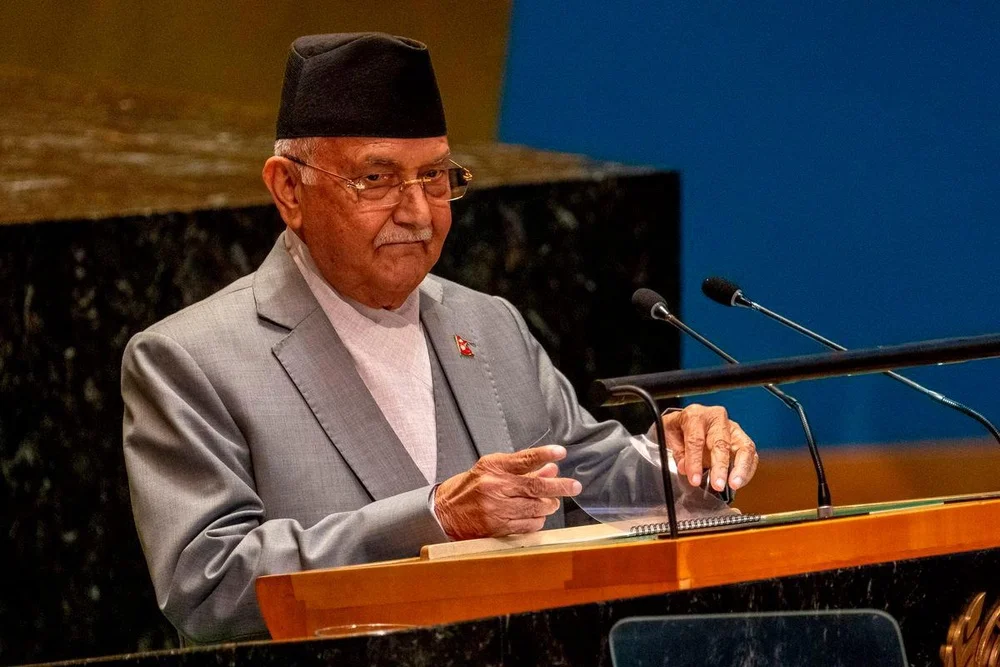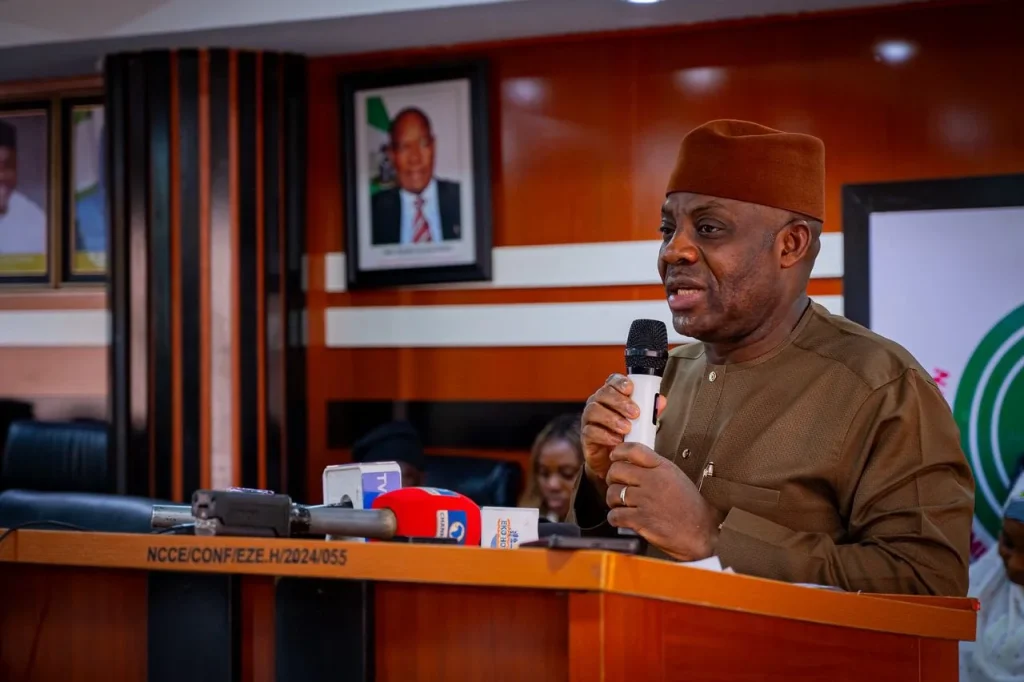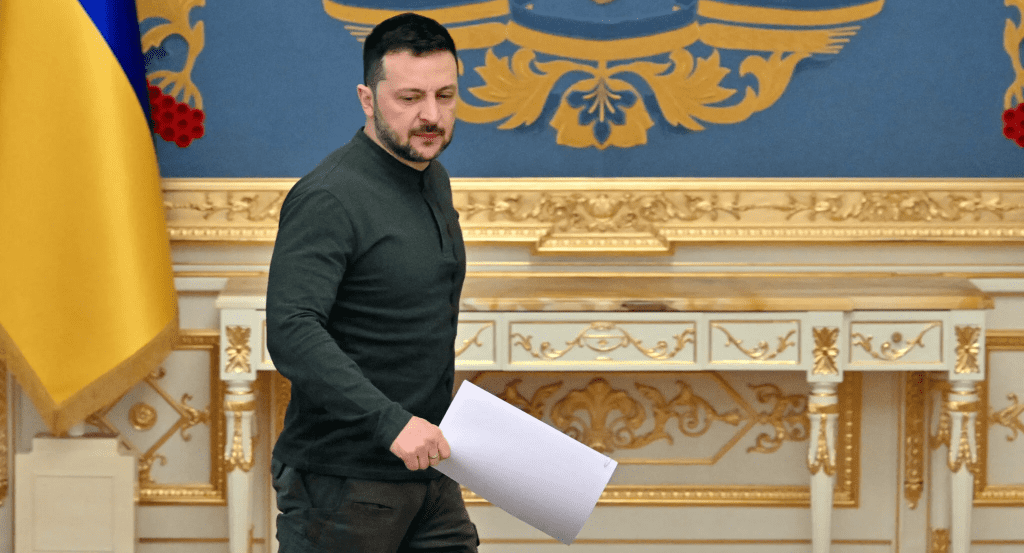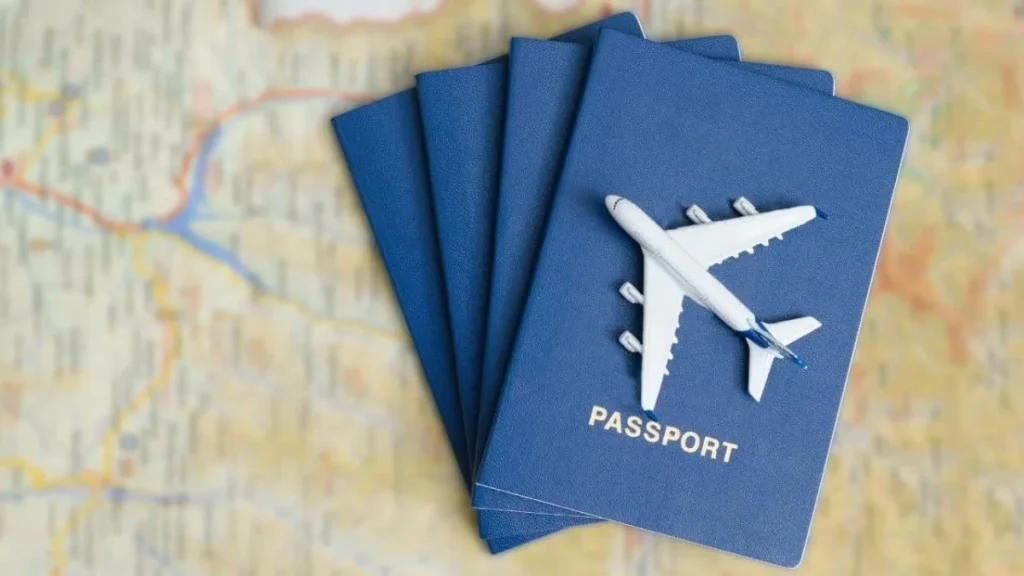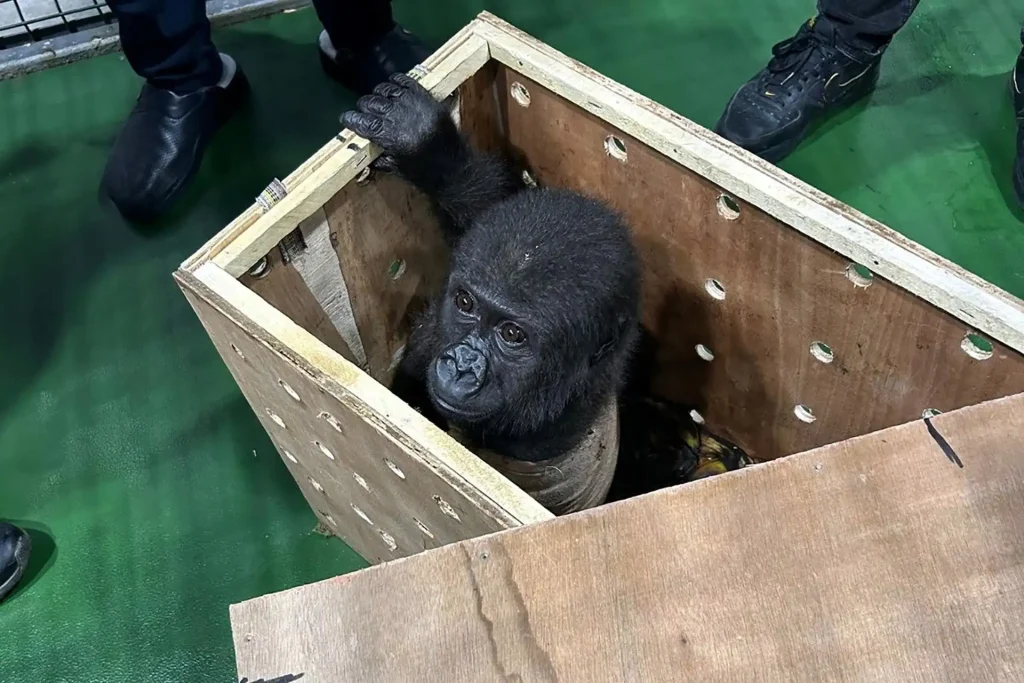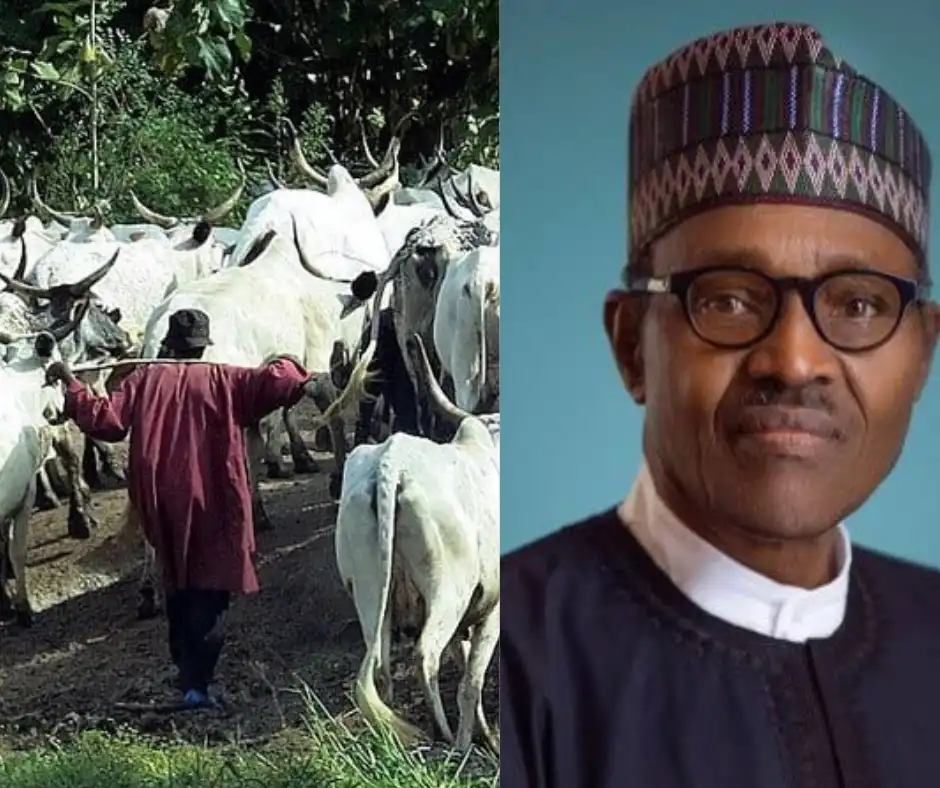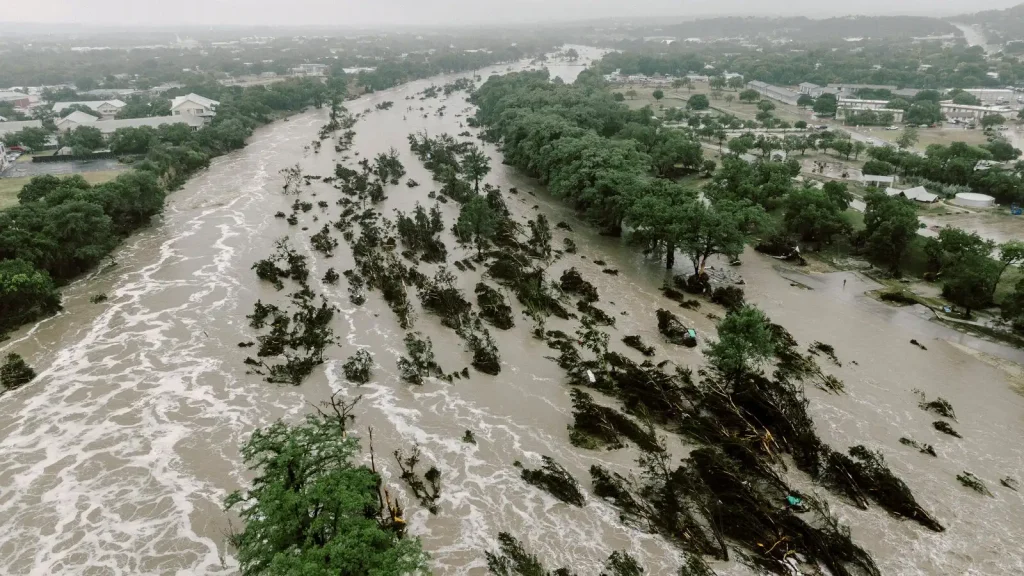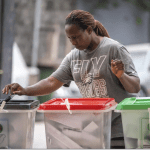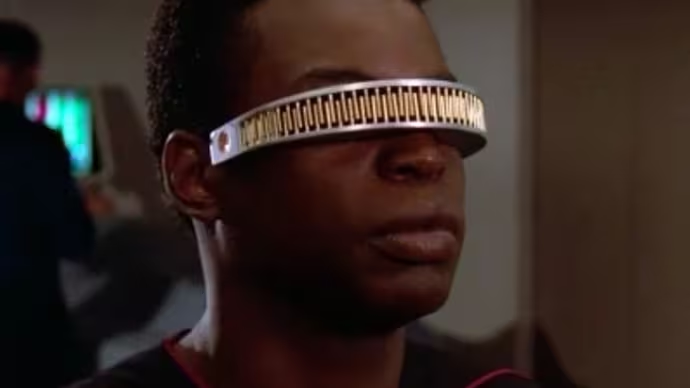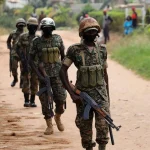Nepal’s Prime Minister K.P. Sharma Oli resigned on September 9, 2025, after deadly protests against corruption and a social media ban rocked Kathmandu, pushing the country into political chaos.
Violent Clashes in the Capital
On September 8, 2025, protests began when Oli’s government banned social media, claiming platforms spread false information.
Young people, calling themselves “Gen Z,” said the ban hid government corruption. Police used tear gas and rubber bullets as protesters tried to enter parliament, leading to 19 deaths and over 100 injuries.
Even after the ban was lifted, angry crowds burned tires, threw stones, and set fire to the Singha Durbar government complex and Oli’s home.
Some leaders, including former Prime Minister Sher Bahadur Deuba, were rescued by military helicopters.
Oli Steps Down
Oli, 73, in his fourth term since July 2024, quit after meeting with President Ramchandra Paudel. He said his resignation would help find a “political solution.” Paudel accepted it and started talks to pick a new leader.
Two cabinet members also resigned, saying they could not continue for moral reasons. Protesters cheered, rushing into parliament grounds and writing “Victory” on walls.
Why Protests Erupted
Nepal has faced political and economic struggles since its monarchy ended in 2008. The protests, led by young people, focused on corruption, especially after social media posts exposed politicians’ wealthy lifestyles.
The unrest, the worst in years, shut down Kathmandu’s airport due to smoke from fires, which made flying unsafe.
What’s Next
Oli’s resignation leaves Nepal searching for a new leader. The “Gen Z” protests show young people want honest government and better opportunities. Leaders must act fast to calm tensions and rebuild trust to avoid more chaos.

